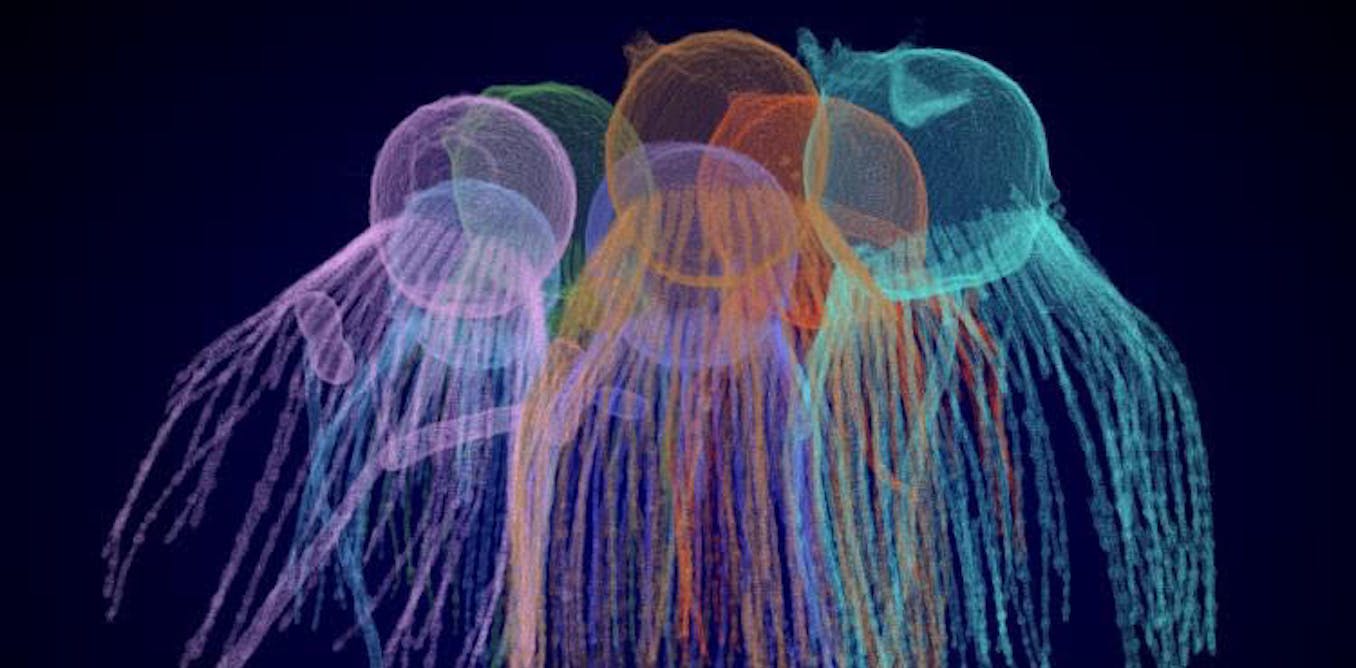Lots of green energy experiments in the lab publish impressive results—but what’s more impressive is when those results come from an actual on-site pilot demonstration in the real world. That’s the case with new research that is able to generate ammonia out of thin air, without requiring an external power source.
This technique was developed by a team of researchers from Stanford University and King Fahd University of Petroleum and Minerals in Saudi Arabia. It relies on a fine mesh coated with catalysts that combine atmospheric nitrogen with hydrogen from water vapor to create ammonia (NH3).
Ammonia has long-been a key component of fertilizer for agricultural crops, but it recently has taken on increased importance as a sustainable fuel. Ammonia can be cracked to yield hydrogen for fuel cells and internal combustion engines, and which only produces water with no carbon emissions when burned. Ammonia can store much more energy in a given volume than hydrogen at a much lower cost per kilowatt hour. The shipping industry is one of the targets for such technology, and one company has already launched an ammonia-powered tugboat as a demonstration platform.
Traditional methods for ammonia production require high temperatures and pressures, a process that can contribute to carbon emissions by using methane as a source material. The new research, published on 13 December in Science Advances, shows how ammonia can be created without the need for electricity or any other external energy source. The process occurs at room temperature and standard atmospheric pressure.
Pulling Ammonia From Thin Air
The system is based on a micromesh that is coated with catalysts. Water vapor (H2O) combines with atmospheric nitrogen (N2) to create ammonia (NH3) and oxygen (O2). The ammonia ends up in a water solution which can be enriched through the use of a zeolite filter to absorb and concentrate the ammonia. (Zeolite is commonly used to remove ammonia in wastewater treatment.)
The process can be powered simply by ambient wind to pass the water vapor through the mesh. The researchers tested the device in the field in areas adjacent to either saltwater and freshwater, to find out if the different sources of humidity impacted output. While wind speed had an impact on ammonia production, it was not a significant factor when conditions ranged from 8 to 21 kilometers per hour; under those conditions the output was essentially the same.
The mesh coating relies on iron oxide and Nafion, which is a fluoropolymer-copolymer material that is often used in fuel cells. Simply passing air containing water droplets (in the presence of the atmospheric nitrogen) through the mesh creates a chain of reactions that results in ammonia. Production can be accelerated by spraying a continuous supply of water droplets.
The researchers tested a field unit in nine different locations in the San Francisco Bay area, obtaining different production rates based on temperature, humidity, and wind speed,…
Read full article: Stanford Researchers Produce Ammonia Fuel From Thin Air

The post “Stanford Researchers Produce Ammonia Fuel From Thin Air” by Alfred Poor was published on 01/15/2025 by spectrum.ieee.org





































Leave a Reply